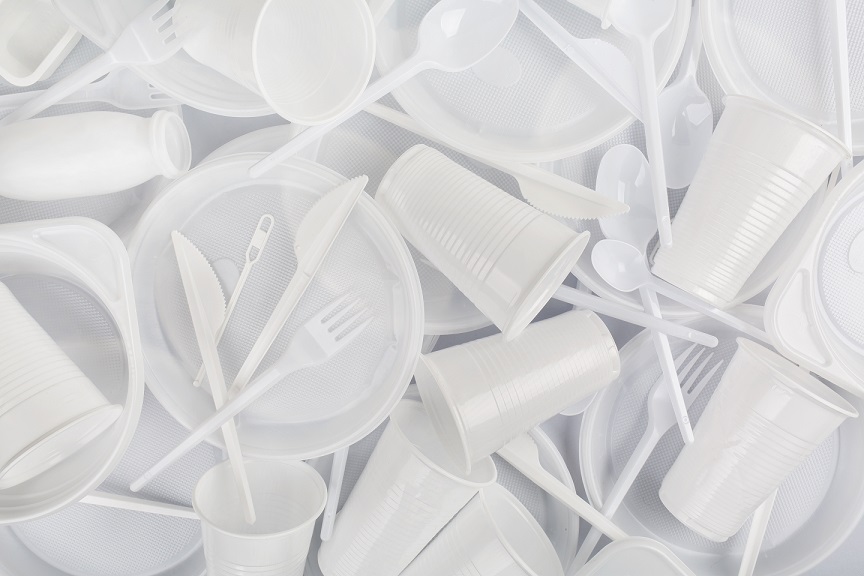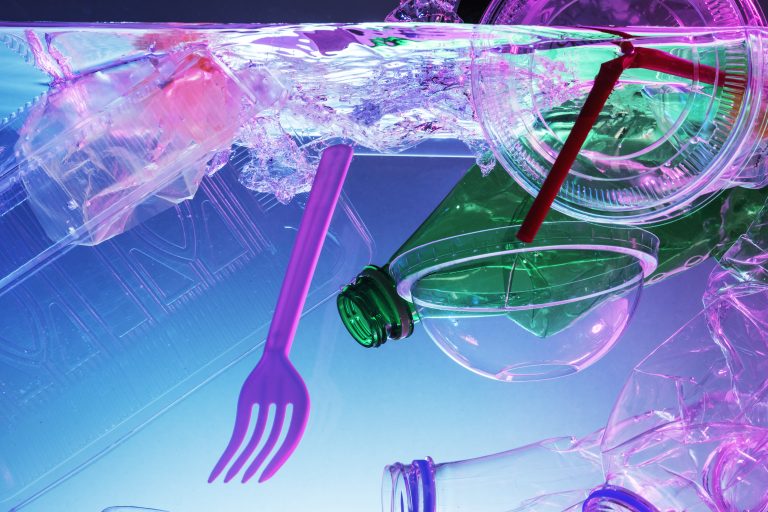What is Plastic Moulding?
Plastic moulding is the process of pushing liquidised plastic into a custom mould to make a certain plastic component. The melted plastic is poured into a mould, and the molten plastic fills the cavities in the mould. Once cooled, the parts are ejected. There are several types of plastic moulding methods, but only a few are concerned with producing food-grade plastics.
Plastic is the most versatile and inexpensive packaging option for food production companies. This is because the chosen materials can maintain their properties in extreme conditions like heat and pressure, among others.
We will explore the different methods used to make food-grade products, but first, what makes plastic food safe?
What is Food-Grade Plastic?
Simply put, food-grade plastic is plastic that is safe enough to contain or come into contact with food or drink for consumption and won’t risk contamination. Food-grade plastic products must be pure enough to prevent plastic chemicals from the packaging from leaching into the food or drink and posing a risk to human or animal health.
The demand for food-grade packaging is increasing due to increased food safety. Single-serve products and bite-sized plastic containers reduce the risk of cross-contamination. Many restaurants are now only open for carry-out, and this demand requires appropriate to-go containers. For these reasons, the demand for food-grade plastic moulding has increased. Aside from making it easy for food manufacturers to meet demand, food-grade injection moulding also provides a cost-effective way to produce such products.
Plastic Materials for Food-Grade Uses
High-Density Polyethylene (HDPE) is a very common plastic that is used in the food industry. It is highly resistant to heat and corrosion. Its durability makes it the perfect material for the storage of food. Moreover, it is 100% recyclable. It is a very versatile petroleum thermoplastic and is commonly used for water bottle manufacturing, among other applications.
- HDPE is rigid and extremely chemical resistant. It is the most common plastic used for food-grade plastic. Its uses include water bottles, juice and milk jugs and grocery bags.
- LDPE is the most flexible plastic polymer. It is known for shrink wraps, bread bags and tubing like condiment bottles.
- Polypropylene (PP) is tough and chemical resistant. It is commonly used for takeaway containers, and packaging for foods like butter or yoghurt.
- Polystyrene (PS) is highly durable in low temperatures. A popular use is for snack boxes, processed food boxes, cutlery and coffee cups.
- Polycarbonate (PC). This polymer is very strong and durable and is known for making water bottles or any fluid containers.
- Polyethylene Terephthalate (PET). PET is semi-rigid and highly stable as it can retain its shape under pressure. Its common uses include oven-safe film, microwavable food trays and single-serving water bottles or containers.
- Polyvinyl chloride can be used for cling wrap and food storage bags (sandwich bags).
Moulding Methods
Injection Moulding is a popular moulding method for large volumes of food-grade products. The molten plastic is injected into a steel or aluminium mould under high pressure and the solid part is made. This type of moulding is highly versatile and allows for custom parts to be made. The low cost per unit in high volume production cycles also makes it cost-effective for manufacturers.
Blow Moulding is an option for making products where the wall thickness has to be homogenous. The method involves the plastic being melted before the air is injected into it. Then the plastic is blown into a mould and as it expands it presses against the mould walls. Once it has taken shape, it is cooled. This method has a fast production cycle and is suited for the manufacture of products with thin walls like beverage bottles.
Rotational Moulding is yet another multistep moulding process that is quite different from the rest. It is used to produce hollow parts with an even wall thickness. A hollow mould is filled with powdered plastic which is then placed in an oven. The mould begins rotating on two axes at a low speed and continues to rotate as the plastic melts and covers the walls of the mould. Thereafter, the mould is cooled into the desired shape before it is removed. Roto moulding is used to make things like kitchen storage bins, coolers, refrigerated boxes and food storage containers.
Food and Beverage Plastic Product Applications
The excellent wear resistance and dimensional stability of food-grade plastics mean there is no shortage of uses in the food industry. These thermoplastics have a variety of uses, from the catering industry for foodservice products like plastic cutlery and food trays – to the agricultural sector for animal food storage containers.
Food-safe materials are also vital for making parts for food processing machinery and food/beverage filling conveyor equipment. And then there are the day-to-day uses like food containers, condiment bottles and beverage bottles.





